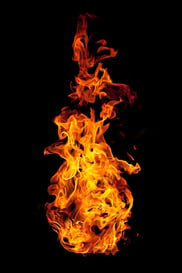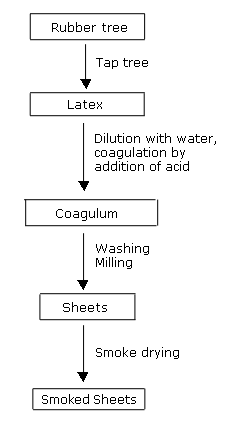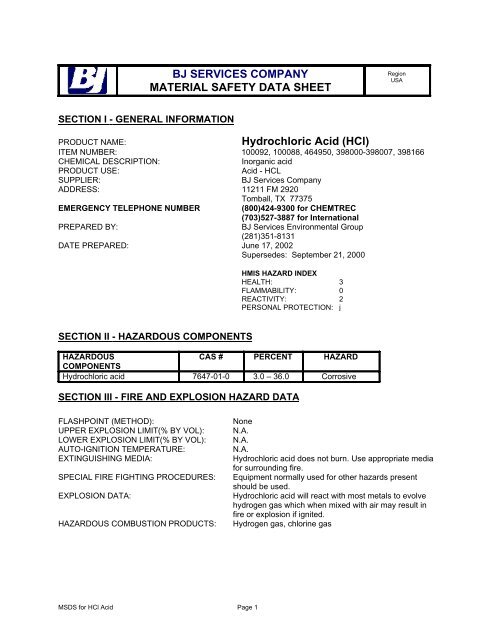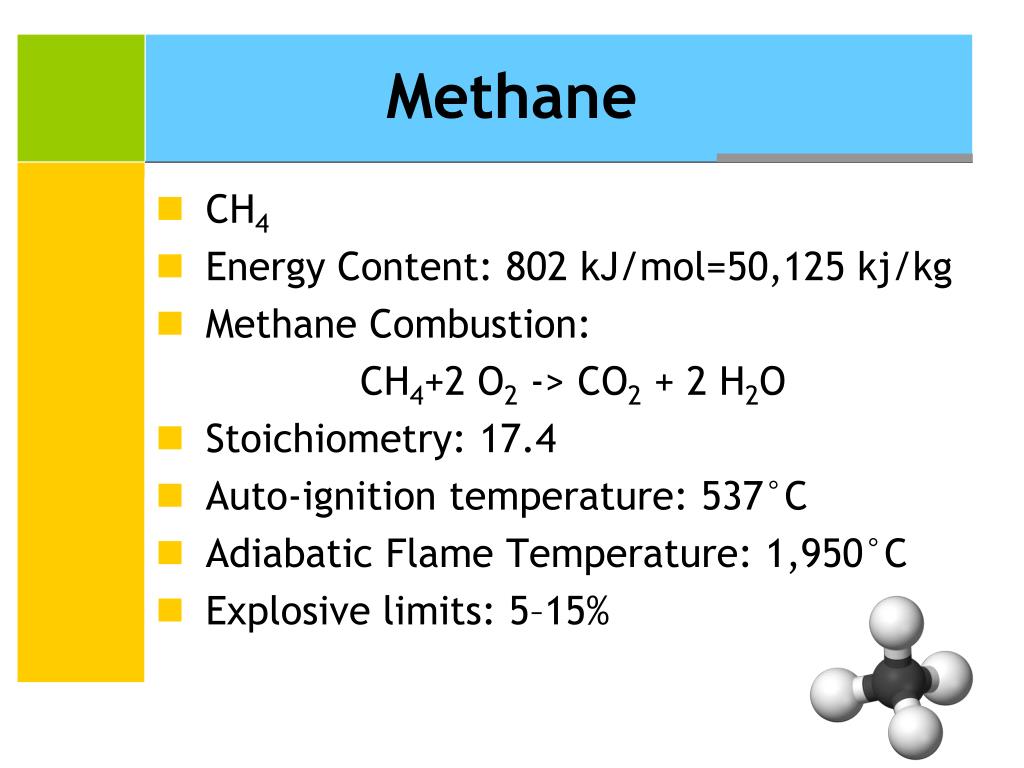Auto Ignition Temperature Of Natural Rubber

The benefits compared with natural rubber include better oil and temperature resistance and the possibility of a product with an extremely constant quality.
Auto ignition temperature of natural rubber. Biogas carbon nitrogen ratios carbon nitrogen ratios for biogas produced from various raw materials. 220 268 432 488 polyethylene ld. Cork crepe rubber grs rubber natural synthetic and blended foam rubber with and without additive various oils raw linsecd cottonseed rapeseed sperm olive castor and neatsfoot applied to cotton gauze in a ratio of 1. Self ignition temperatures of materials from kinetic.
Crude natural rubber is found in the juices of many plants shrubs vines and trees the principal of which is the hevea brasiliensis tree native to brazil. Rubber nitrile butadiene. With an increase in pressure the autoignition temperature decreases. 107 124 349 polyethylene hd.
After the latex is processed natural rubber becomes an elastomer with excellent mechanical properties. What is the auto ignition temperature of natural rubber. Rubber natural low refine. Part of oil to 6 parts of cotton by weight ammonium per.
This temperature is required to supply the activation energy needed for combustion the temperature at which a chemical ignites decreases as the pressure or oxygen concentration increases. Melting points and ignition temperatures. Values of autoignition temperature are generally higher than flash point as given for pure hydrocarbons in the tables and figures below. Rubber natural high refine.
Flash point the lowest temperature at which vapour of a volatile material can be ignited whit an ignition source present. Synthetic rubbers made from butadiene polybutadiene copolymers rank as the most important synthetic rubbers produced. Autoignition temperature and flash point hydrocarbons autoignition temperature and flash point c and f of different types of hydrocarbons with varying carbon number up to c12. Ignition temperatures of materials auto ignition temperature the minimum temperature required to ignite a dry material in air without a spark or flame being present.
Natural rubber has a typical service temperature range between 67 f and 180 f.












































